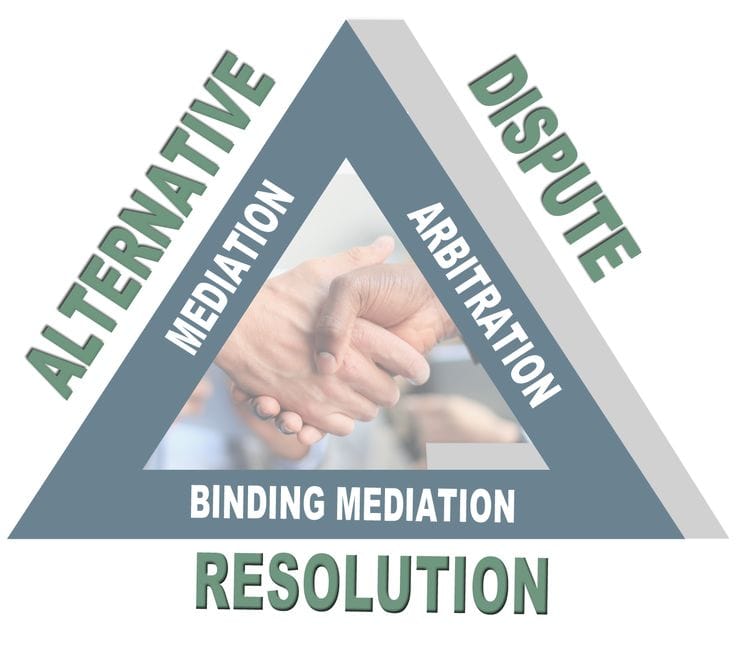
In a decisive step toward judicial efficiency and better governance, the Indian government has directed all its ministries and departments to overhaul their litigation strategy. The decision, which is part of the overall “Viksit Bharat 2047” vision, seeks to cut down frivolous and redundant court fights that not only squander public money but also clog the already congested judicial channels.
The Ministry of Law and Justice’s Department of Legal Affairs released a circular that requires every government organization to install special legal cells, institute pre-litigation procedures, and introduce alternative dispute resolution (ADR) procedures, including mediation and arbitration.. Additionally, departments have been instructed to reassess their legal portfolios and refrain from filing avoidable appeals, particularly to the Supreme Court.
The Core of the Directive
The key pillars of this initiative are:
For any queries or to publish an article or post or advertisement on our platform, do call at +91 6377460764 or email us at contact@legalmaestros.com.
1. Legal Cell Formation: Ministries must now establish legal cells tasked with evaluating the merit of court cases, keeping track of ongoing litigations, and ensuring consistency in legal positions taken by departments.
2. Use of ADR Mechanisms: Departments are strongly encouraged to explore ADR methods, which are less time-consuming and more cost-effective than traditional court proceedings. Mediation, conciliation, and arbitration are expected to be the default routes, especially in civil and contractual disputes.
3. Appeal Control: A stricter filter is being applied before cases are escalated to higher courts. Ministries have been advised to conduct a merit-based review and consider whether appealing would genuinely serve public interest or merely prolong litigation unnecessarily.
This move is expected to particularly impact cases involving tax, service matters, land acquisition, and contractual disputes, where government bodies are often involved as frequent litigants.
Rationale Behind the Reform
India’s judiciary is struggling with a huge pendency of cases more than 5 crore in different levels of courts. Importantly, the government itself is one of the largest litigants in the nation. Many of these cases are repetitive, low-value, or are without merit.
The new directive follows a decade of effort to encourage sound litigation. In 2010, the National Litigation Policy reiterated that the government should no longer be a compulsive litigant. But a lack of implementation has stunted progress.
With this new directive, the Centre is sending out a message of zero tolerance towards unnecessary legal confrontations. Officials have been cautioned that indiscriminate litigation not only causes financial drain but also delays justice and tarnishes the government’s credibility.
Expected Impact
The directive can lead to a number of long-term advantages:
• Lightened Judicial Load: Out-of-court settlements will decrease the number of cases on hand, most importantly at the district and High Court levels.
• Cost Savings: Legal battles are likely to involve substantial cost in the form of court charges, attorneys’ fee, and administrative expenses. Minimizing the cases of such a nature will ease the exchequer’s burden of expenditure.
• Efficient Governance: By resolving conflicts promptly, ministries can spend time on day-to-day administrative duties instead of getting tied up in long litigations.
• Legal Strategy Strength: There should be a uniform and strategic litigation approach so that the government is making a consistent and legally sound case when needed, avoiding contradictory positions between departments.
Challenges Ahead
Though the intention is good, the biggest challenge will be implementation. The majority of the ministries still do not have a separate legal wing, and employees are wary of settling disputes for fear of being audited or of charges of corruption.
In addition, although ADR has potential, its success relies on the willingness of all stakeholders to engage in good faith. Legal officer training, settlement incentives, and institutional ADR structures in ministries will be crucial to effective reform.
Conclusion
The Centre’s move to go tough on frivolous litigation and rationalize its legal approach is timely and inevitable. It is a part of changing legal awareness where winning cases is no longer the sole concern, but providing justice effectively and responsibly. Unless implemented sincerely, this change can really ease the burden on courts and improve the standards of governance all around.
References:
1. Economic Times – Centre cracks the whip: Ministries told to end frivolous court battles
2. Department of Legal Affairs, Ministry of Law and Justice (Official Circular – July 2025)
3. National Judicial Data Grid (NJDG), 2025 – Court case backlog statistics
4. India’s National Litigation Policy, 2010




